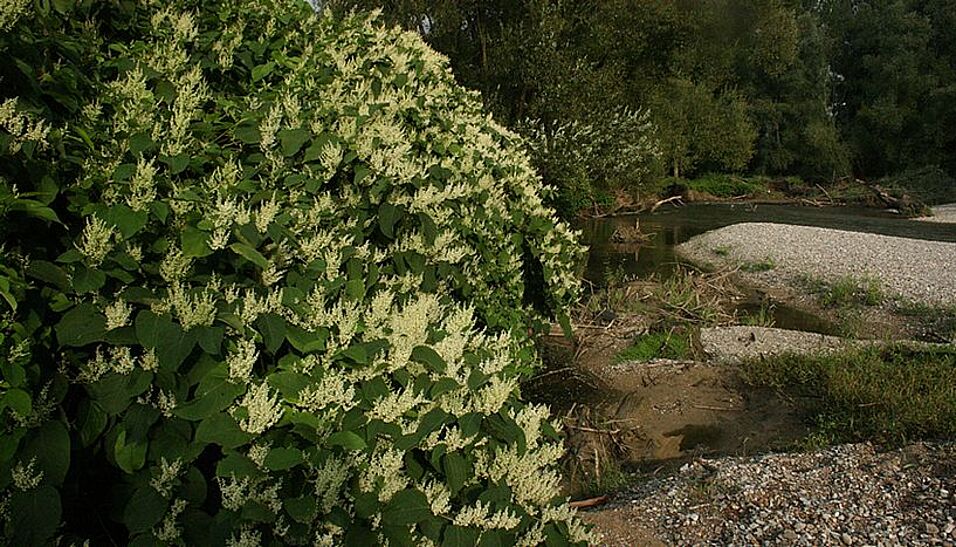Humans are responsible for the movement of an increasing number of species into new territories which they previously never inhabited. The number of established alien species varies according to world region. What was previously unclear is where the most established alien species could be found and which factors characterise their distribution. An international team consisting of 25 researchers under the leadership of Dr Wayne Dawson from the University of Durham (United Kingdom), created a database for eight animal and plant groups (mammals, birds, amphibians, reptiles, fishes, spiders, ants and vascular plants) that were found to occur in regions outside of their original habitat. The study of the distribution of these species led the research team to identify 186 islands and 423 mainland regions in total. This project allowed the researchers to illustrate the global distribution of established alien species within a large number of organism groups for the first time. Important result: The highest number of alien species can be found on islands and in the coastal regions of continents. The island of Hawaii was found to have the most alien species, followed by the north island of New Zealand and the small Sunda Islands of Indonesia. "Hawaii and New Zealand lead the field for all examined groups", explains participating ecologist Dr. Franz Essl from the University of Vienna: "Both regions are remote islands that used to be very isolated, lacking some groups of organisms altogether -- such as mammals, for instance. Today, both regions are economically highly developed countries that maintain intense trade relationships. These have a huge impact on the introduction and naturalisation of non-indigenous species". [read more]
Publication:
"Global hotspots and correlates of alien species richness across taxonomic groups", Nature Ecology and Evolution DOI: 10.1038/s41559-017-0186 nature.com/articles/doi:10.1038/s41559-017-0186

